PROTECT YOUR DNA WITH QUANTUM TECHNOLOGY
Orgo-Life the new way to the future Advertising by AdpathwayAnalysis of President Trump’s Diplomatic Tour of Asia
President Trump’s recent trip to Asia represents a significant moment in American foreign policy, marked by substantial diplomatic breakthroughs and strategic discussions. Traveling from Malaysia to Japan, Trump’s tour highlights his administration’s focus on strengthening ties in the Asia-Pacific region amid escalating tensions with China and North Korea.
Upon leaving Malaysia, Trump and his team touted the trip as a “massively successful” diplomatic venture. His participation in high-level trade negotiations with China, coupled with the signing of a ceasefire agreement between Thailand and Cambodia, underscores a proactive American presence in the region. This approach aims to enhance stability and address the growing assertiveness of China, especially concerning its actions in Taiwan and the South China Sea.
One focal point of the trip was the connection between Trump and Japan’s new Prime Minister, Sanae Takaichi. As Japan’s first female prime minister, Takaichi is stepping into a pivotal role during heightened regional security concerns. Trump’s remark that he has heard “phenomenal things” about her reflects an optimistic tone, crucial for establishing strong bilateral relations.
Furthermore, Trump’s engagement during this trip emphasizes the importance of not only trade but also security and military collaboration. The discussions around military basing updates and the implications of the AUKUS security pact demonstrate a commitment to ensuring regional security. This approach keeps the United States firmly aligned with its allies while placing pressure on nations like China to adhere to international protocols.
While in Malaysia, Trump successfully moved forward with negotiations aimed at relieving trade tensions. With the participation of Treasury Secretary Scott Bessent and Trade Representative Jamieson Greer, the discussions sought to eliminate tariffs on U.S. agricultural exports and secure access to rare earth materials from China, which are critical for various industries. Trump’s aggressive stance on these negotiations illustrates his commitment to putting American interests first. “They threatened us with rare earths, and I threatened them with tariffs,” he said, establishing a clear basis for his dealings.
The favorable outcomes in these negotiations signal a shift towards substantial diplomatic engagement. This focus contrasts sharply with the political gridlock back home, where the partial government shutdown has left many Americans in limbo regarding food assistance. Despite criticisms of his absence during this turmoil, Trump seems confident in prioritizing international diplomacy over domestic disputes, stating, “I left, I said come on over, just put the government back.”
The ongoing contrasts between Trump’s international successes and the challenges at home could further clarify political lines. His allies view the trip as part of a broader strategy—showcasing America’s strength abroad while offering a sense of leadership that they argue is needed at a time of domestic unrest. Secretary Bessent’s commentary that it’s “not just about trade” reinforces this focus on America taking a bold stance in global affairs.
A particularly striking moment during the trip was the signing of a peace declaration between Thailand and Cambodia, facilitated by Trump’s interventions. By leveraging trade relations as a tool for diplomacy, he showed how economic incentives can lead to political cooperation. The ceasefire is anticipated to pave the way for significant economic restoration in the region, potentially reversing years of instability that has cost these nations billions.
Looking ahead, there lies a potential for a meeting with North Korean leader Kim Jong Un during Trump’s South Korea visit. Trump’s willingness to engage with North Korea reflects an ongoing commitment to pursuing direct diplomatic dialogue, a hallmark of his foreign policy strategy. This openness could impact future discussions on nuclear disarmament and peace on the Korean Peninsula, proving that Trump is prepared to face challenges head-on.
Additionally, the visit included critical discussions with ASEAN leaders, focusing on maritime issues and resource coordination. Speaking about freedom of navigation in the South China Sea, these dialogues lay the groundwork for future collaborations, particularly in military engagement and commerce, highlighting a commitment to multi-country partnerships.
Despite facing scrutiny over military operations in the Caribbean, Trump remains unfazed by domestic pressures. His assertion that “we’re doing things. We’re getting results” suggests a focus on tangible achievements rather than political critique.
The concluding days of the trip will be vital. As Trump meets with Takaichi and Emperor Naruhito, the focus will remain on reinforcing America’s commitment to Japan. The potential for a signed trade deal with China looms large, along with uncertainty surrounding a potential meeting with Kim Jong Un. This Asia tour has already reshaped diplomatic relations, enhancing Trump’s stature on the world stage while domestic opponents grapple with their own governance challenges.
In summary, Trump’s diplomatic tour of Asia serves as a powerful reminder of the complexities of international relations today. While political dynamics evolve, the successes of this trip demonstrate the impact of direct engagement and strategic negotiation in addressing global challenges.
"*" indicates required fields


 2 days ago
8
2 days ago
8

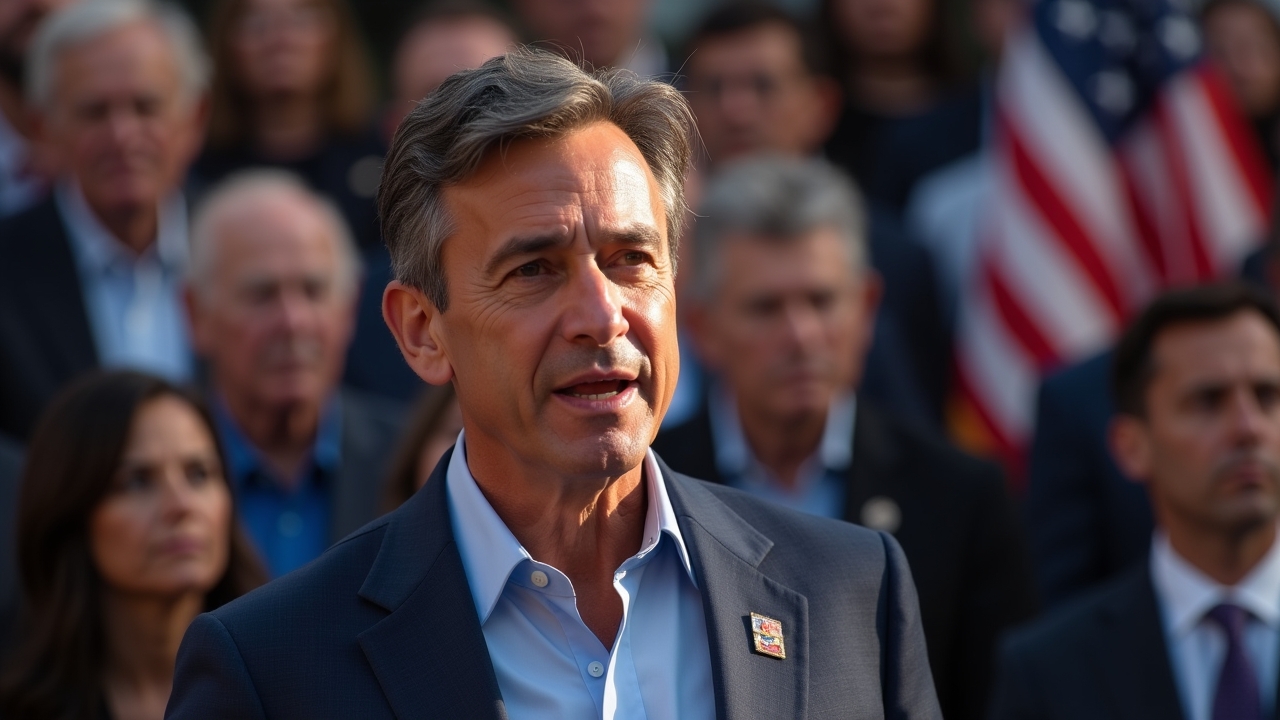
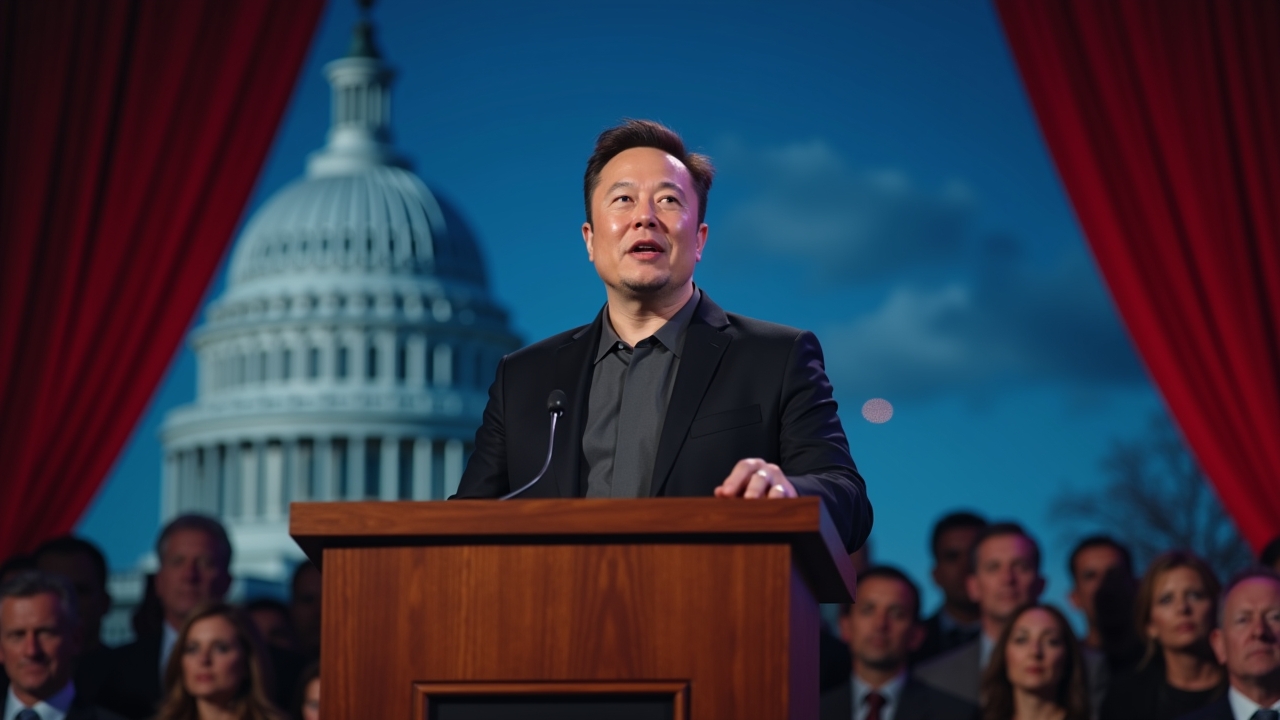
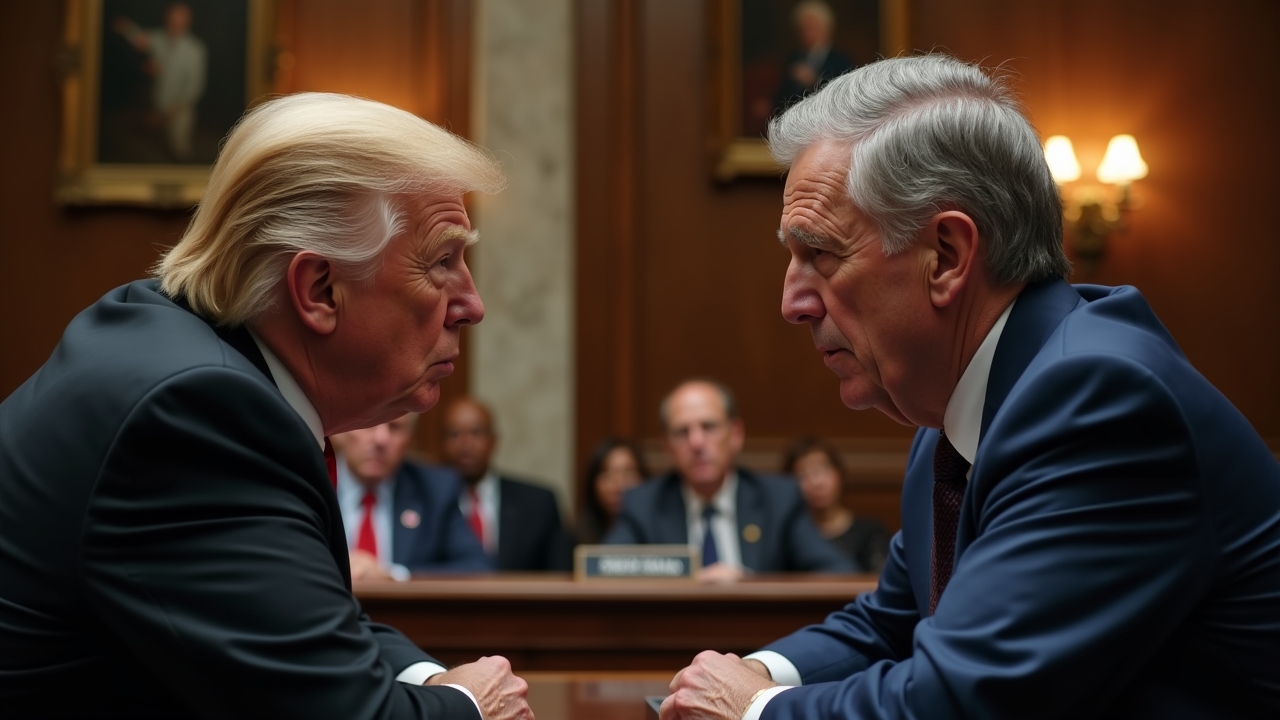
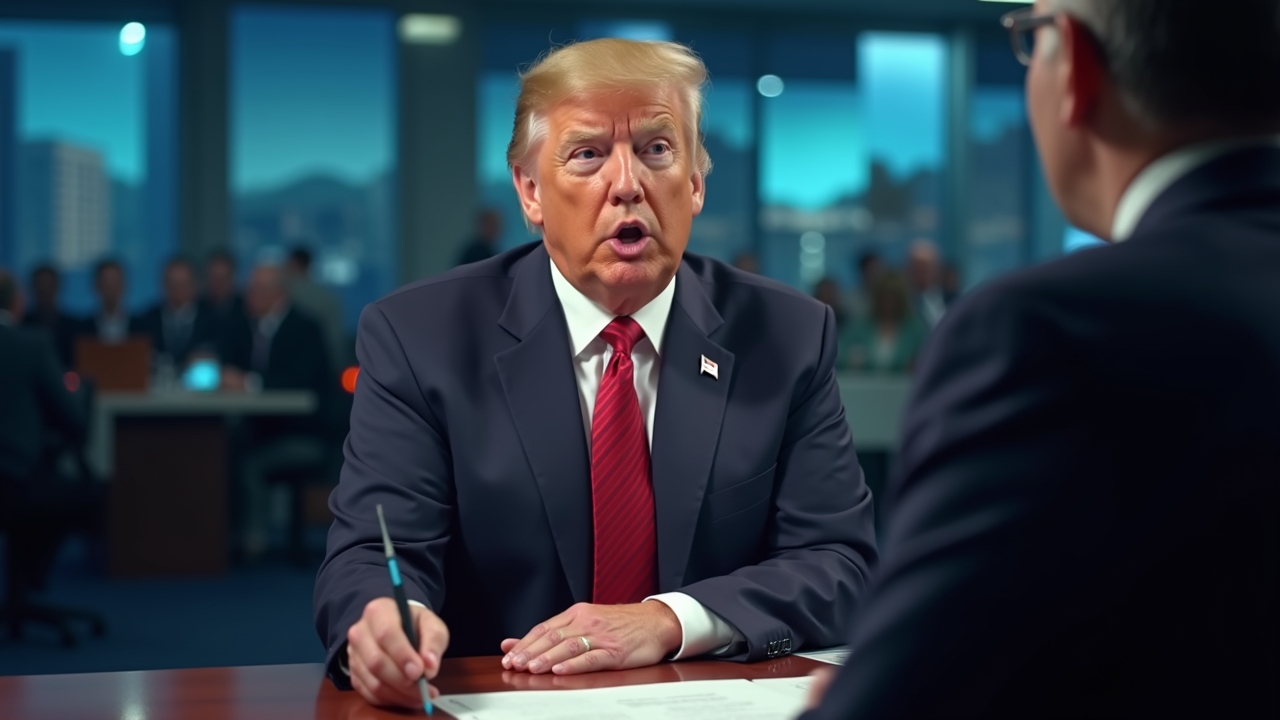
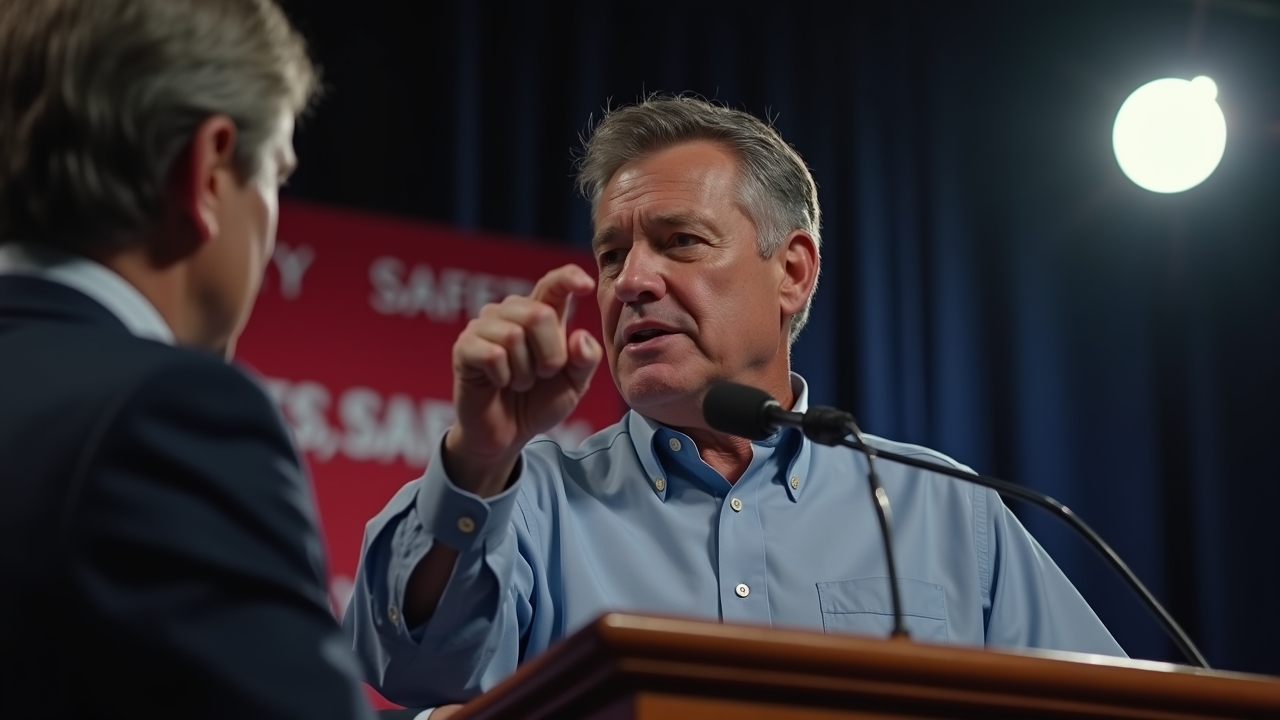

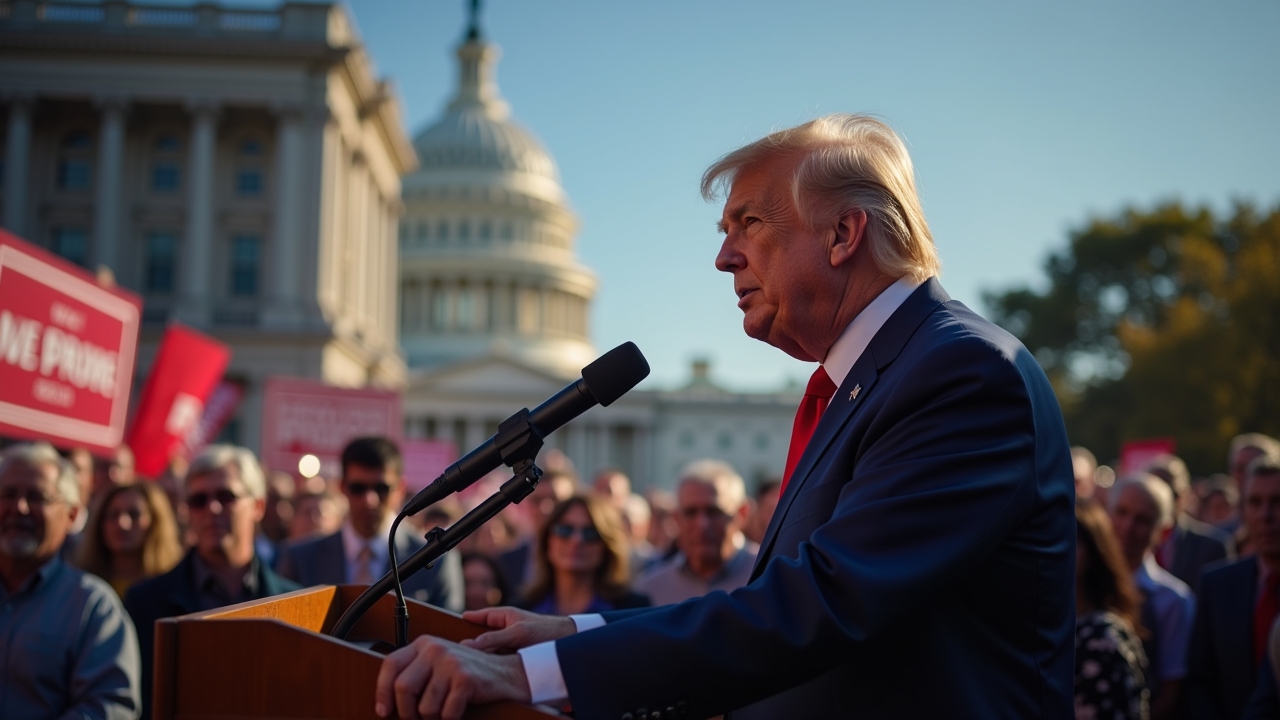

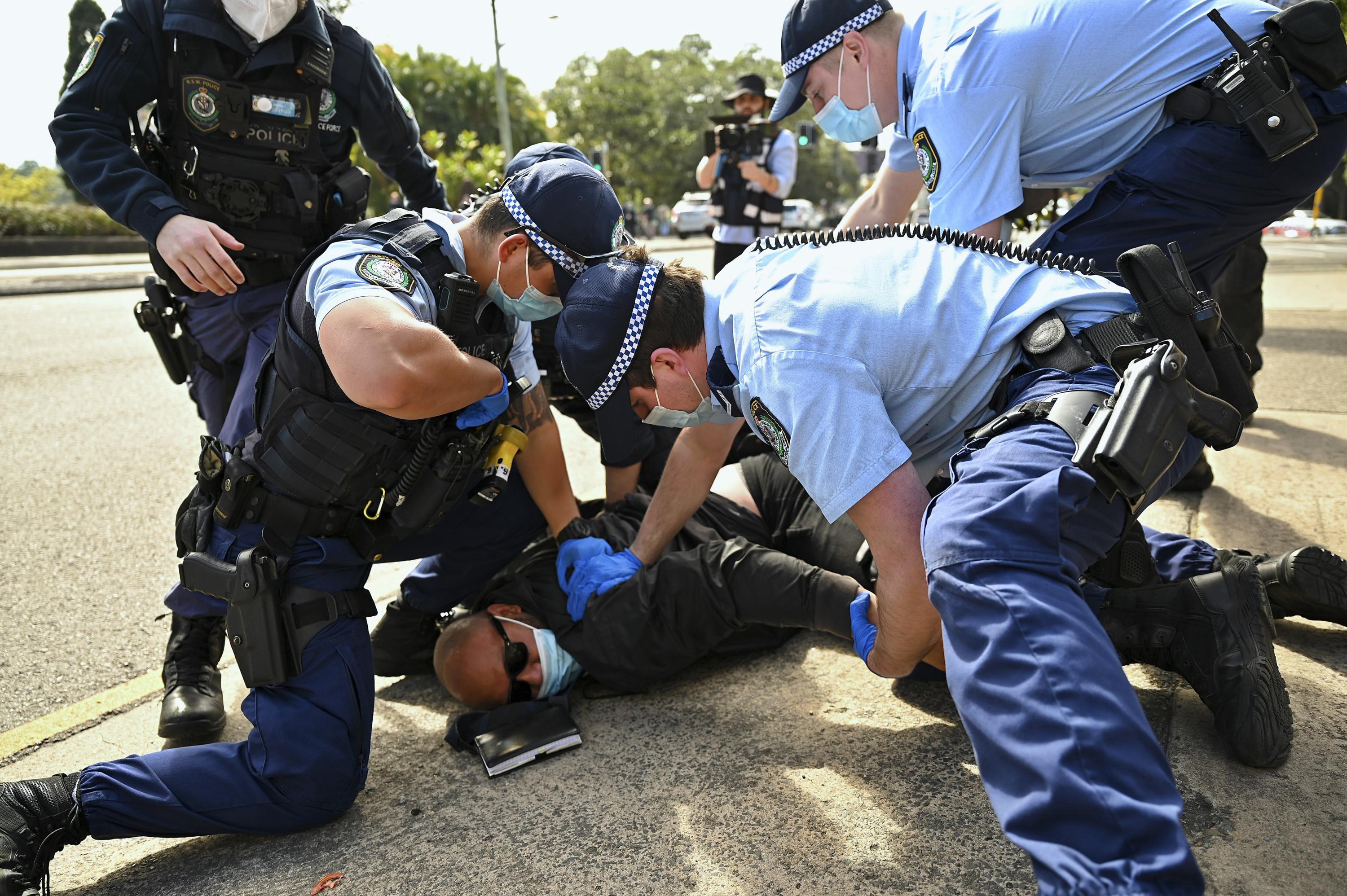



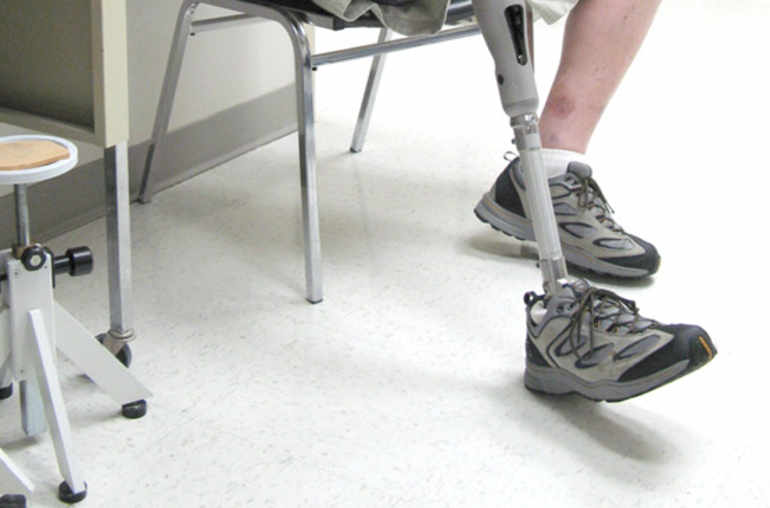
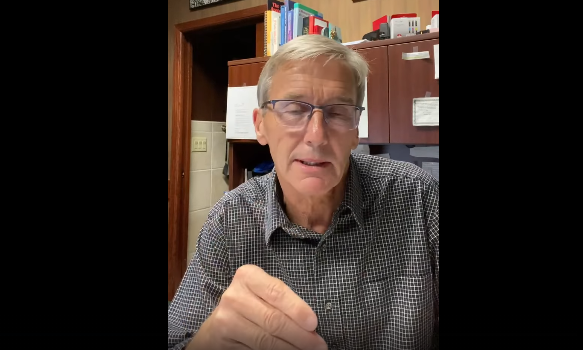
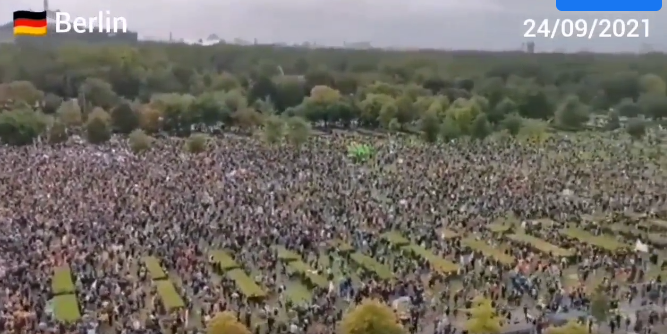


.jpg)



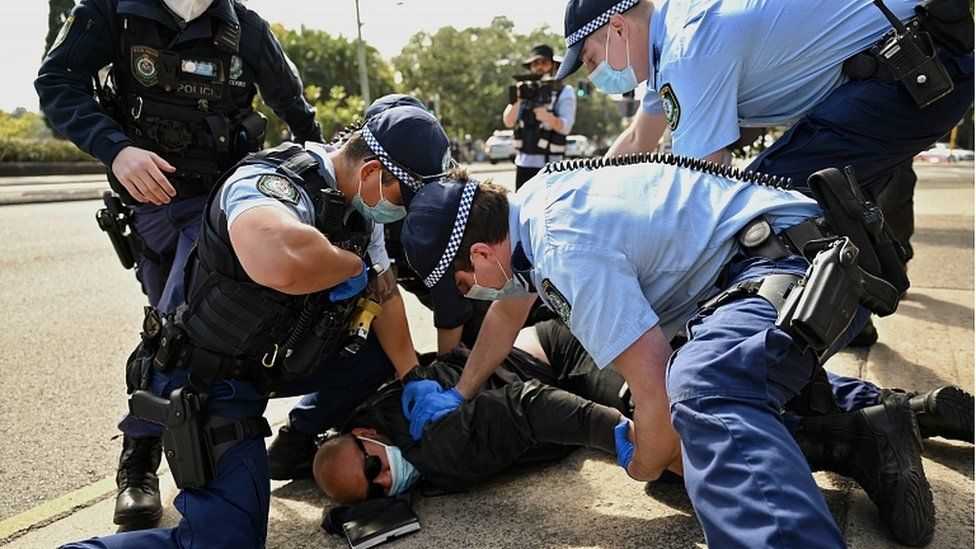


 English (US) ·
English (US) ·  French (CA) ·
French (CA) ·